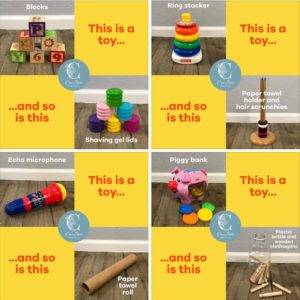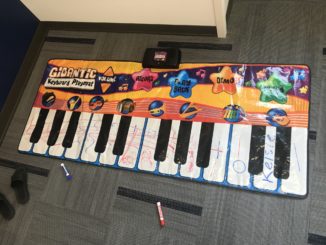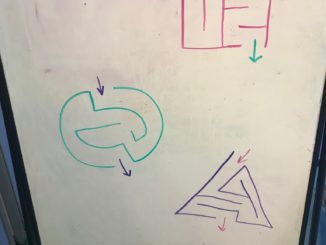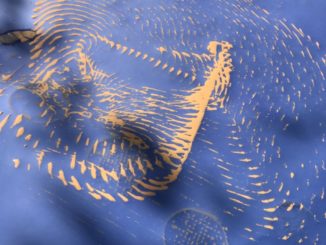
Kids are very creative in play.
They may be interested in symbolic play, using things to represent other things.
They may be interested in sensory play, exploring the sounds and sights and textures of materials or the ways they interact.
They may be interested in motor play, exploring how objects move and how they themselves can move with, around, on, under objects.
If you give a dozen children each a toilet paper tube, one child will pretend to sing into it, one child will toss it to hear the fun sound it makes when it clatters, one child will hold it up to their eyes and explore how it narrows their visual field, one child will wave it through the air and feel the drag it makes against the air, one child will wave it through the air for the purpose of pretending it’s a sword, one child will find another toy to roll through it, one child will line it up with their cars and trucks to make a tunnel, one child will figure out what does and doesn’t fit through the hole, one child will enclose it inside of something else (like in a box or under a blanket) to make a “surprise”, one child will go run it under the kitchen faucet to see what happens to the cardboard when it’s wet…and the other kids will do some other amazing play that I, in my adult brain, couldn’t even make up. 😉
Anytime you can gather a collection of novel loose parts — lids, boxes, pieces, bits — kids can probably turn it into something interesting to explore!



